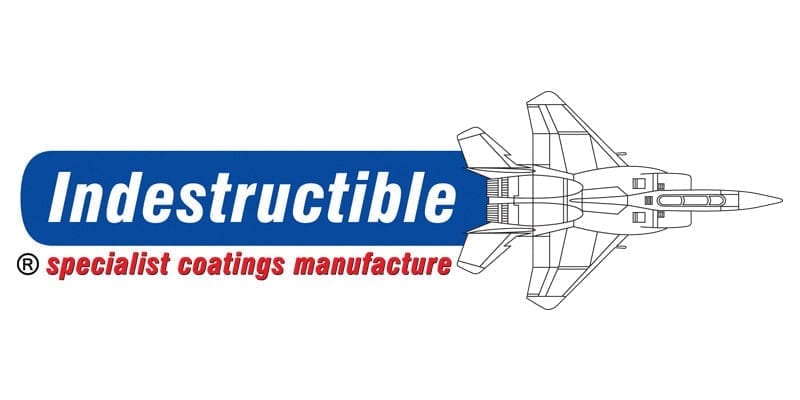EU Commission Grants 12 Year Extension for Chromate Primer

Indestructible Paint Ltd.’s commitment to developing alternatives to chrome-based products has been enhanced through a further focus on the aerospace industry. The continued commitment to this key field – one of the most challenging application areas – results from new chrome replacement target dates that have been set for specific products by the European Chemical Agency (ECHA).
“ECHA reacted positively to our application for authorisation for Rockhard Chromate Primer, 700-155-003, which contains SVHC Pentazinc Chromate Octahydroxide (ZTC) ” says Brian Norton, Indestructible Paint’s Managing Director. “This product is used by our aerospace customers on components that relate only to flight operations, such as engine fan cases and fuel tanks.” An authorisation period of 12 years was recommended by ECHA and has now been granted by the European Commission.
You can find out more about the details of the European Commission’s decision to grant an authorisation for the use of pentazinc chromate octahydroxide (EC No 256-418-0) here and on our REACH page.
“However, the overall company strategy, which has been a key focus of Indestructible Paint’s highly regarded research and development department for a number of years, is to continue development of products that can replace those that include chrome pigments,” adds Brian Norton. This has pointed towards developing specific anti-corrosion primers that are particularly relevant to one of the world’s leading aerospace manufacturing companies.
“The agreement to extend the use of this particular primer beyond the sunset date for pentazinc chromate octahydroxide recognises the importance and complexity of the subject – which, of course, has an important health and safety significance,” continues Brian Norton. “We continue to be committed to working towards the goal of chrome-free products and to developing solutions with leading manufacturers in this sector, and look forward now to our further work in the areas defined by the ECHA’s extended timeframe.”





